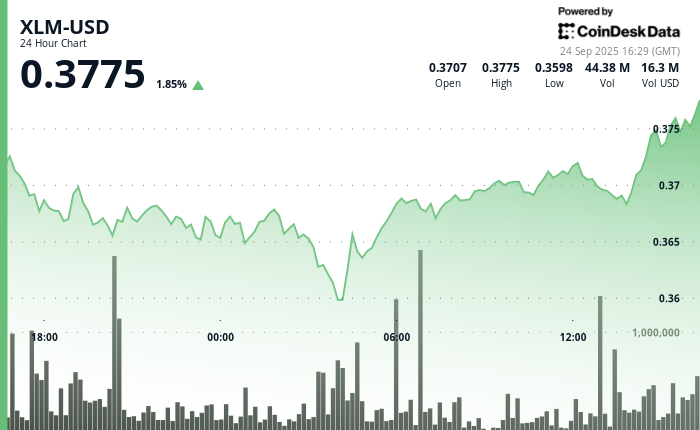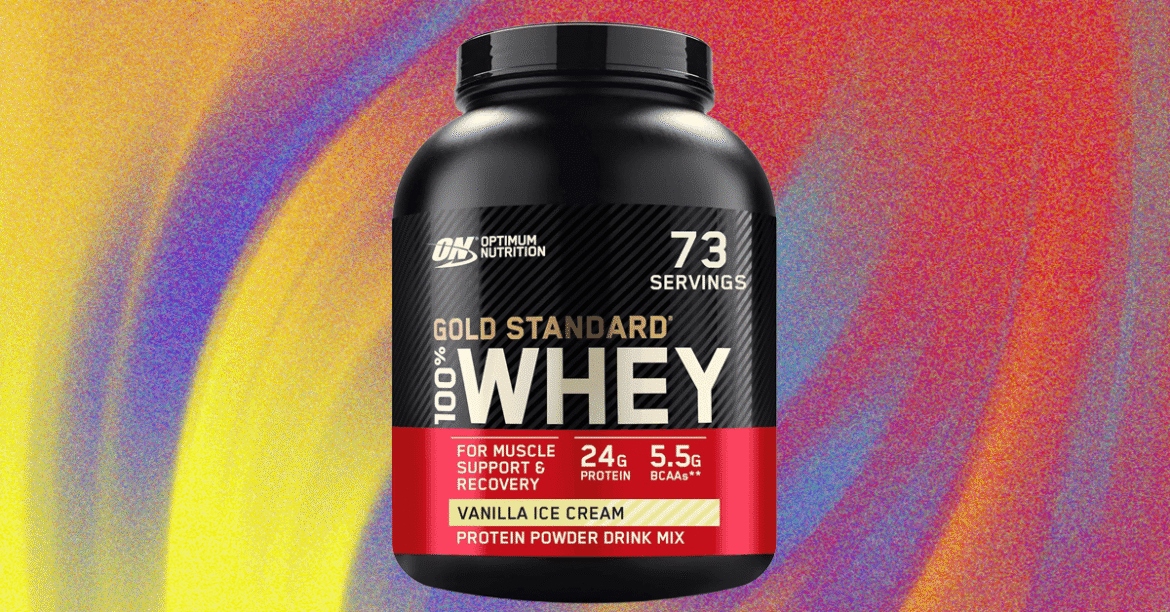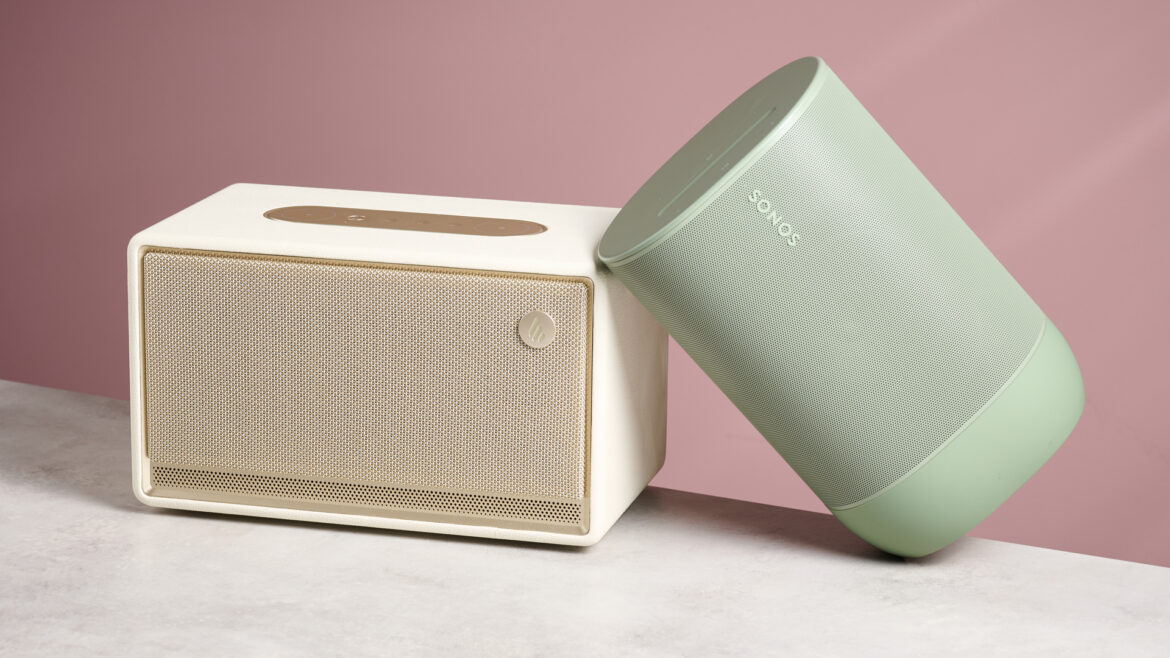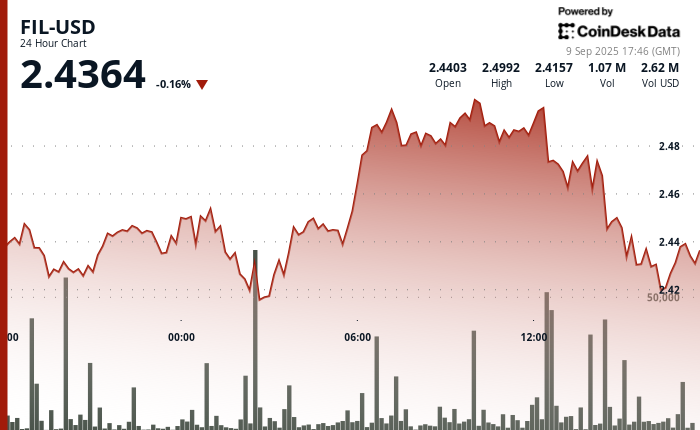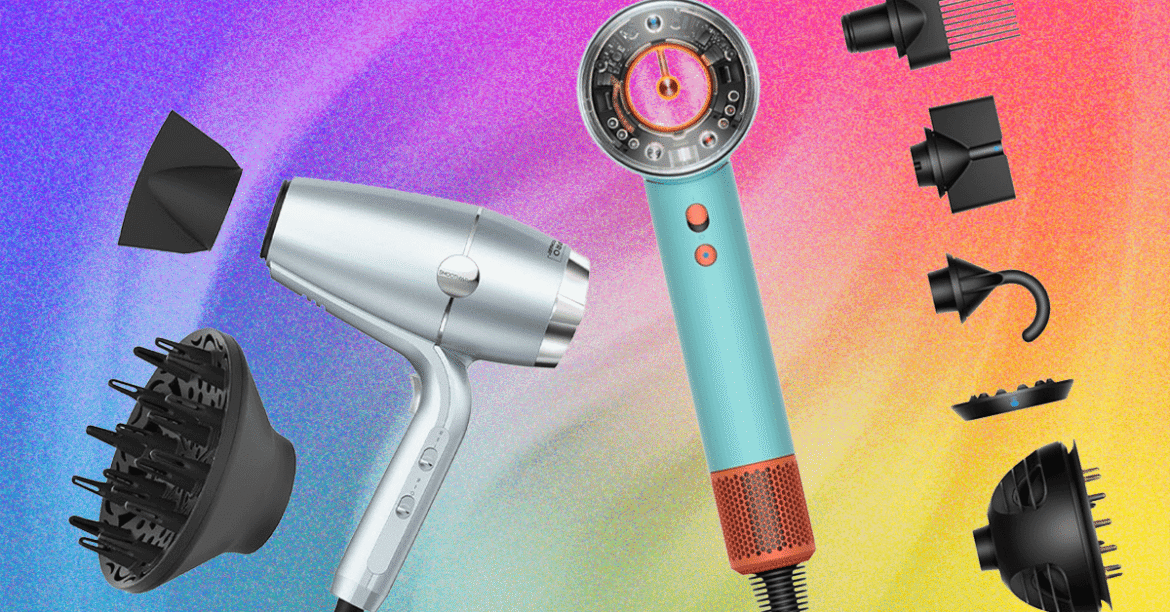In brief
- A new study has unveiled Titan, an LLM agent that tests MMORPGs by reasoning and exploring game states.
- Titan found four previously unknown bugs and completed 95% of tasks in two commercial games.
- Already deployed in QA pipelines, Titan may reshape how games are tested across PC and mobile.
Game studios have long treated testing as an unavoidable bottleneck—slow, repetitive, and costly. But a new study suggests that one of game development’s most human-intensive jobs may be ripe for automation.
Researchers from Zhejiang University and the NetEase Fuxi AI Lab introduced Titan, an AI-powered testing agent that uses large-language-model reasoning to explore and evaluate vast online role-playing worlds.
In trials across two commercial titles, Titan not only completed 95% of assigned tasks but also identified four previously unknown bugs—outperforming human testers in terms of speed, coverage, and discovery.
Testing is one of the most expensive phases of game production, consuming millions of dollars in labor and months of turnaround time. According to market research firm Dataintello, the global game testing service market alone is expected to reach $5.8 billion by 2032.
Titan’s results suggest that generative AI can shoulder a share of that burden, bringing automation to a discipline once thought too open-ended and unpredictable for machines.
The study suggests a future in which AI agents not only mimic players but also reason like them—identifying glitches, balancing mechanics, and navigating dynamic virtual environments more efficiently than human QA teams.
“We design the workflow of Titan by mirroring how expert testers operate the MMORPG testing: perceive the game state, choose meaningful actions, reflect on progress, and diagnose issues,” the researchers wrote. “At its core, a foundation model drives high-level reasoning, while supporting modules provide perception, action scaffolding, and diagnostic oracles for closed-loop interaction.”
In the experiment, a perception module translated complex game states into simplified text, allowing the program to reason through objectives. The agent also used screenshots to review its own progress and recover from stalled progress.
Why It Matters
Titan is the latest example of how AI is moving into the gaming industry and filling roles typically handled by humans. In August, a Google Cloud survey said nearly nine in 10 game developers say they’ve already built AI agents into their work.
“If you’re not on the AI bandwagon right now, you’re already behind,” Kelsey Falter, CEO and co-founder of indie studio Mother Games, recently told Decrypt.
The research comes amid broader efforts to integrate AI more deeply into development workflows. In August, Jack Buser, global games director at Google Cloud, warned that studios unable to adopt AI tools “won’t survive.”
A new kind of game tester
Human testers often followed familiar paths, the report noted, while existing bots struggled to generalize across game versions. However, the researchers acknowledged they did not solely rely on AI to complete the study.
“We work with professional testers and designers to identify the key state factors relevant to general progress in MMORPGs, which serve as template references,” the researchers said.
These template references include player location, current game objectives, and player vitals such as health and mana, while “irrelevant data” like other players’ information is filtered out unless needed.
GG Newsletter
Get the latest web3 gaming news, hear directly from gaming studios and influencers covering the space, and receive power-ups from our partners.


